Explore the Best AI Image Gallery

Beyond the Brush: How AI is Transforming Graphic Design
The world of graphic design is undergoing a seismic shift, driven by the rapid advancements in artificial intelligence (AI). From automating tedious tasks to generating stunning visuals, AI is reshaping how designers create, collaborate, and innovate. This blog post explores the transformative impact of AI on the creative industry, delving into its potential uses, ethical considerations, and future trends.
AI-Powered Design: A New Creative Frontier
AI algorithms are now capable of performing a wide range of design tasks, from generating logos and marketing materials to designing websites and creating illustrations. This opens up exciting possibilities for designers, allowing them to focus on higher-level creative thinking and strategic decision-making.
Applications of AI in Graphic Design
- Logo Design: AI can analyze brand guidelines and generate multiple logo concepts based on specific requirements.
- Image Generation: AI algorithms can create unique and original images from text descriptions, offering designers a vast library of visual assets.
- Marketing Material Creation: AI can automate the creation of marketing materials such as brochures, flyers, and social media graphics based on predefined templates and brand guidelines.
- Website Design: AI-powered tools can generate website layouts and suggest design elements based on user preferences and best practices.
- Typography Optimization: AI can analyze text content and suggest the most appropriate font styles, sizes, and spacing for optimal readability.
Ethical Considerations in AI-Driven Design
While AI offers immense potential for graphic design, it also raises important ethical considerations:
- Copyright and Ownership: Who owns the copyright to AI-generated designs? This is a complex legal issue that requires careful consideration.
- Bias in Algorithms: AI algorithms can inherit biases from the data they are trained on, which may result in discriminatory or unfair design outputs. It is crucial to ensure that AI tools are developed and used responsibly.
- Transparency and Explainability: The decision-making processes of AI algorithms can be opaque, making it difficult to understand how designs are generated. Transparency and explainability are essential for building trust and accountability in AI-driven design.
The Future of AI in Graphic Design
AI is poised to continue transforming the graphic design industry in the years to come:
- Increased Personalization: AI will enable designers to create highly personalized designs tailored to individual users and their preferences.
- Enhanced Collaboration: AI-powered tools will facilitate seamless collaboration between designers, clients, and other stakeholders.
- Democratization of Design: AI will empower individuals with limited design skills to create professional-quality visuals.
As AI technology evolves, graphic designers must embrace its potential while remaining mindful of the ethical implications. By fostering a responsible and collaborative approach, we can harness the power of AI to unlock new creative frontiers and shape the future of design.

](https://images.ai-img.art/thumbnails/150/1202074d0d60b08b64d0f91f36468608aaac200a02b721cc8e6d8ec8a908432c.webp)


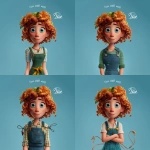

](https://images.ai-img.art/thumbnails/150/e6a179db327f0374ec327d0fdab48ac1f2dc47123eed103b0a41ed346280d07d.webp)




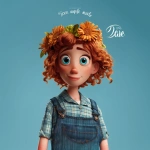
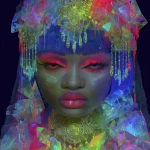




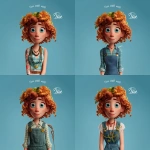
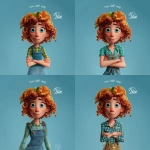



](https://images.ai-img.art/thumbnails/150/60973df1d727dbbf8e6922b7e4836814ab6012106eb9dcfe99aea7aec15f3710.webp)
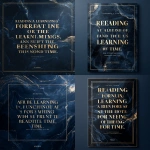


](https://images.ai-img.art/thumbnails/150/655229c40961cb7ff5abd4b4190e02c94ea1a961106e7547a562649c945268be.webp)






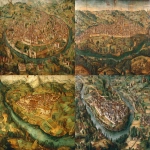
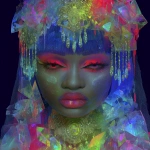



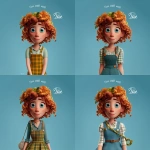
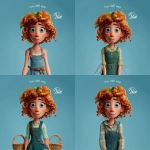

](https://images.ai-img.art/thumbnails/150/26c16e4f635deee86633de398088ca98d9bb748d6e7601436b07e882fab236cb.webp)



](https://images.ai-img.art/thumbnails/150/6c909fd6d38caac6572b592dd97831deb7d6562bba142798574677582676dfc1.webp)
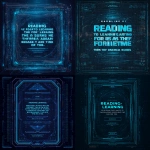

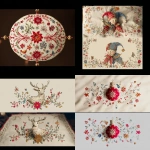
](https://images.ai-img.art/thumbnails/150/184b4b030e30be0a6d51b544226cb4cf2271977814d935d3aaa2b7529355b3b7.webp)